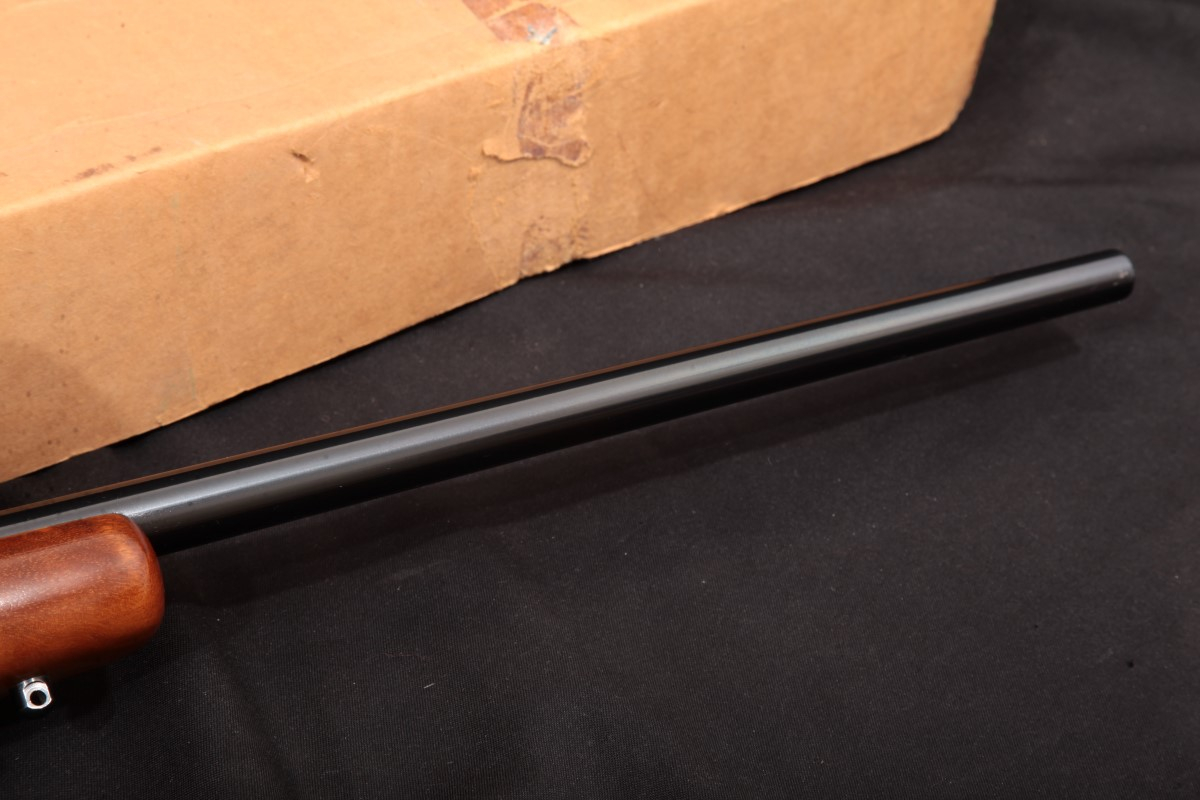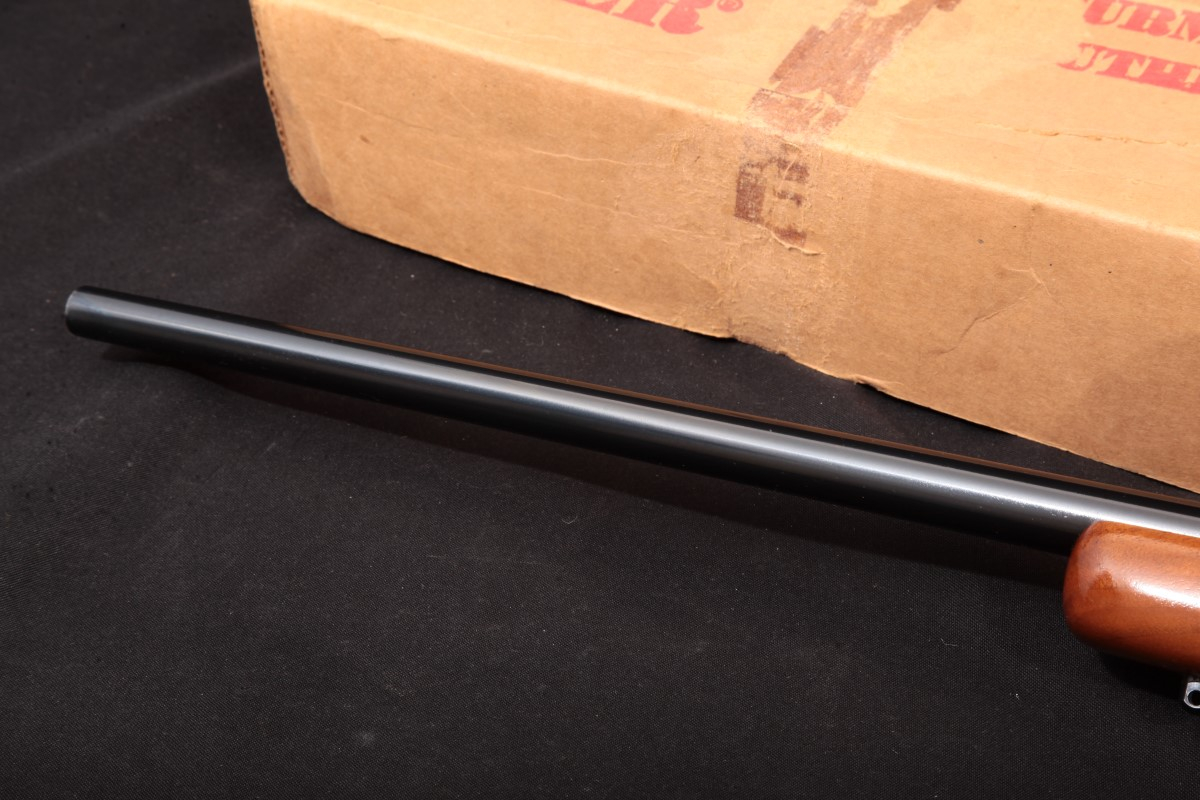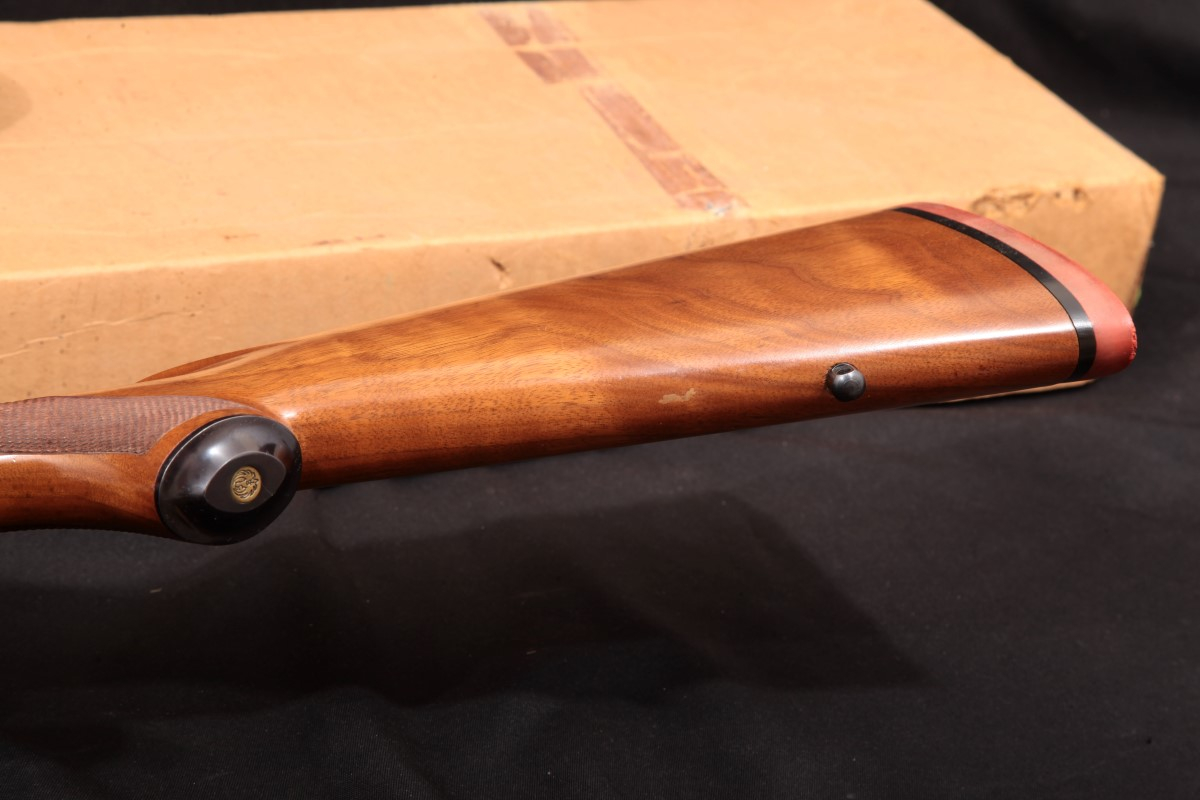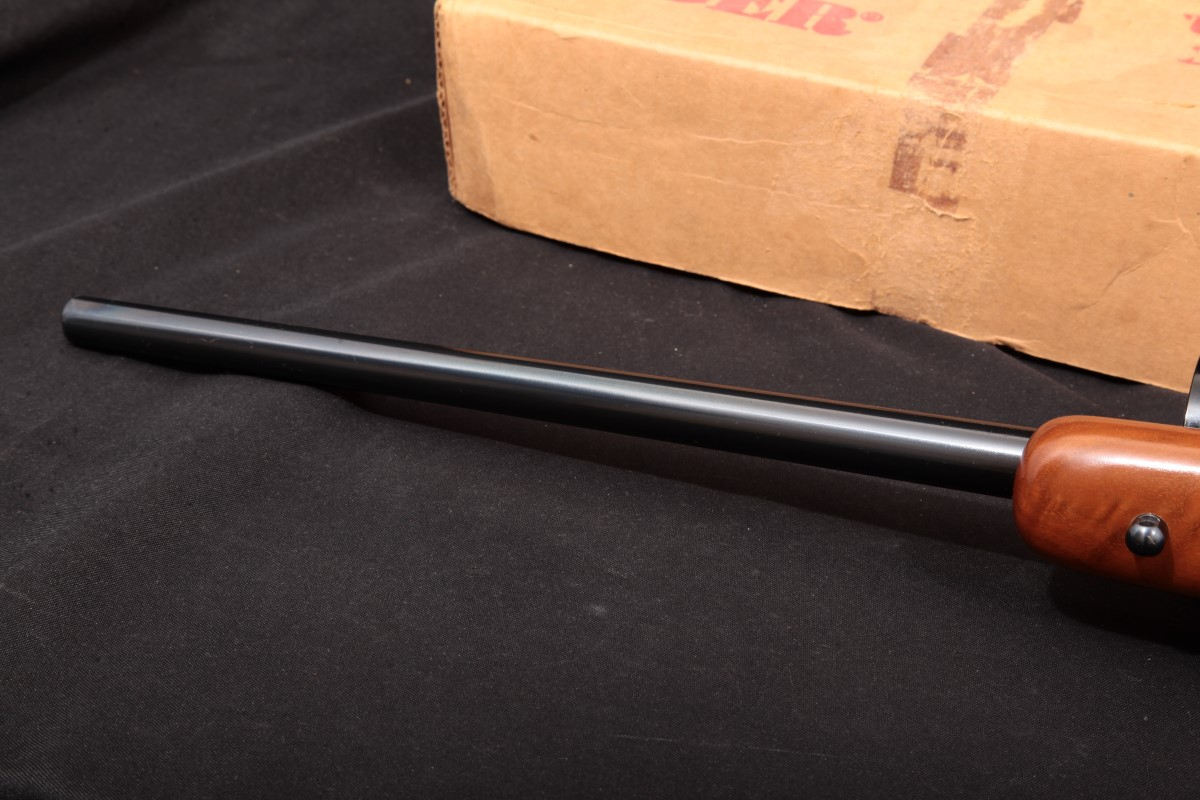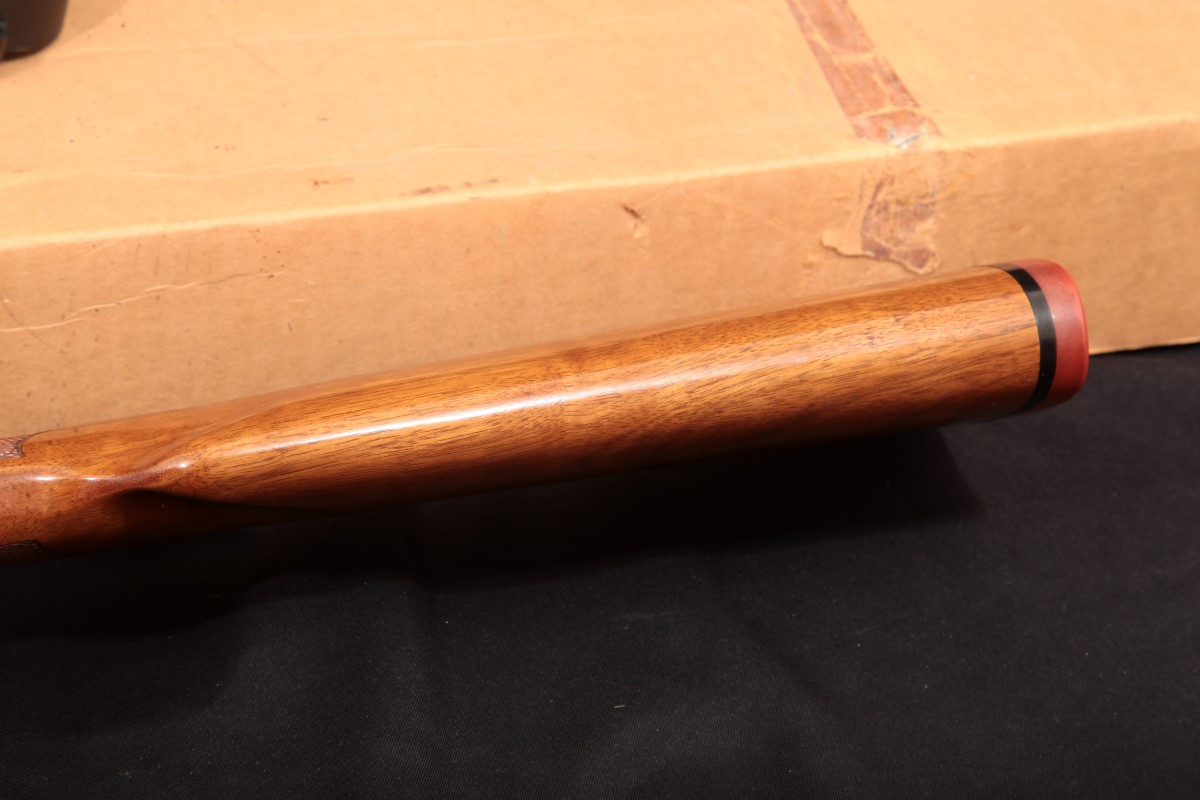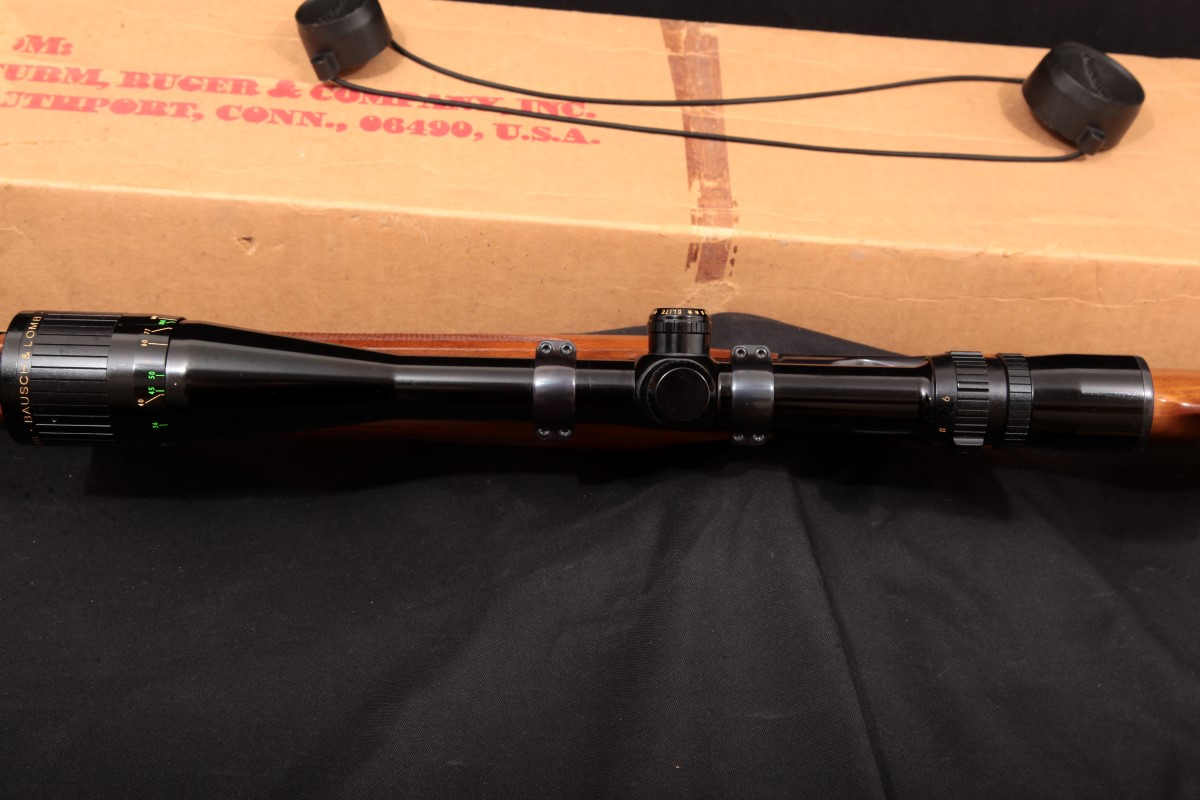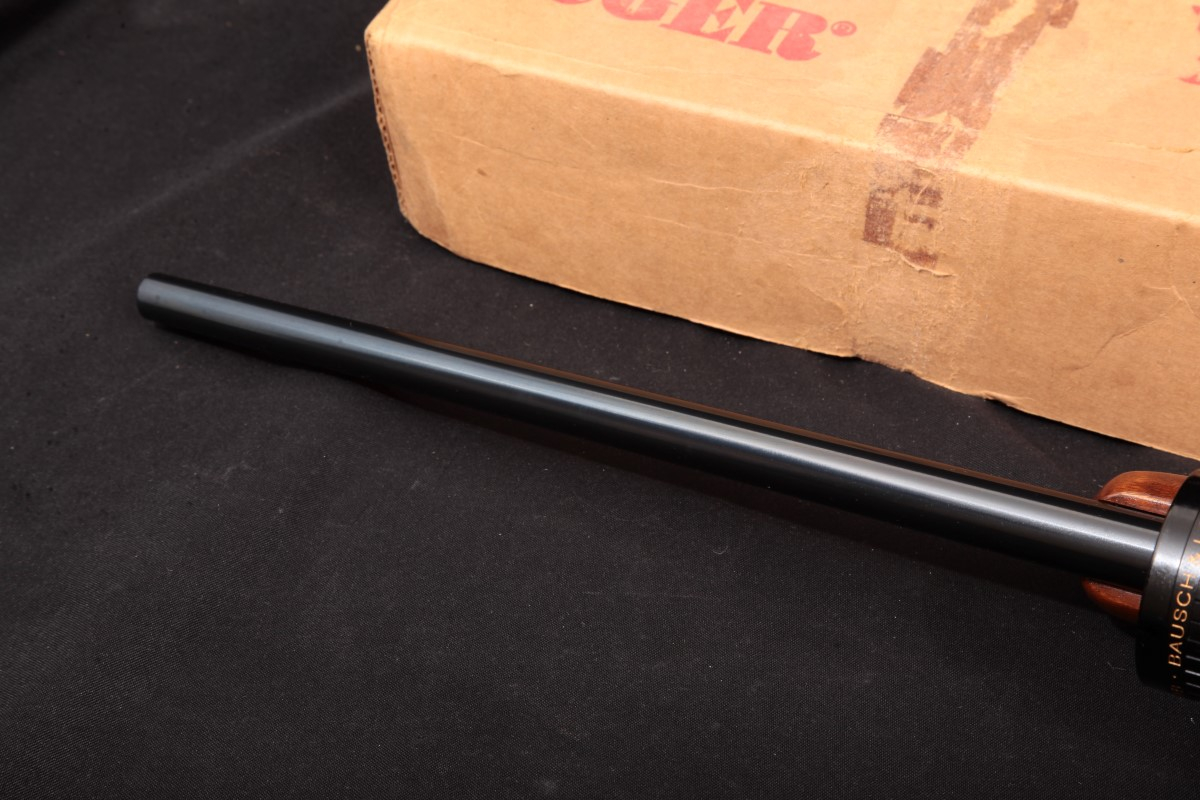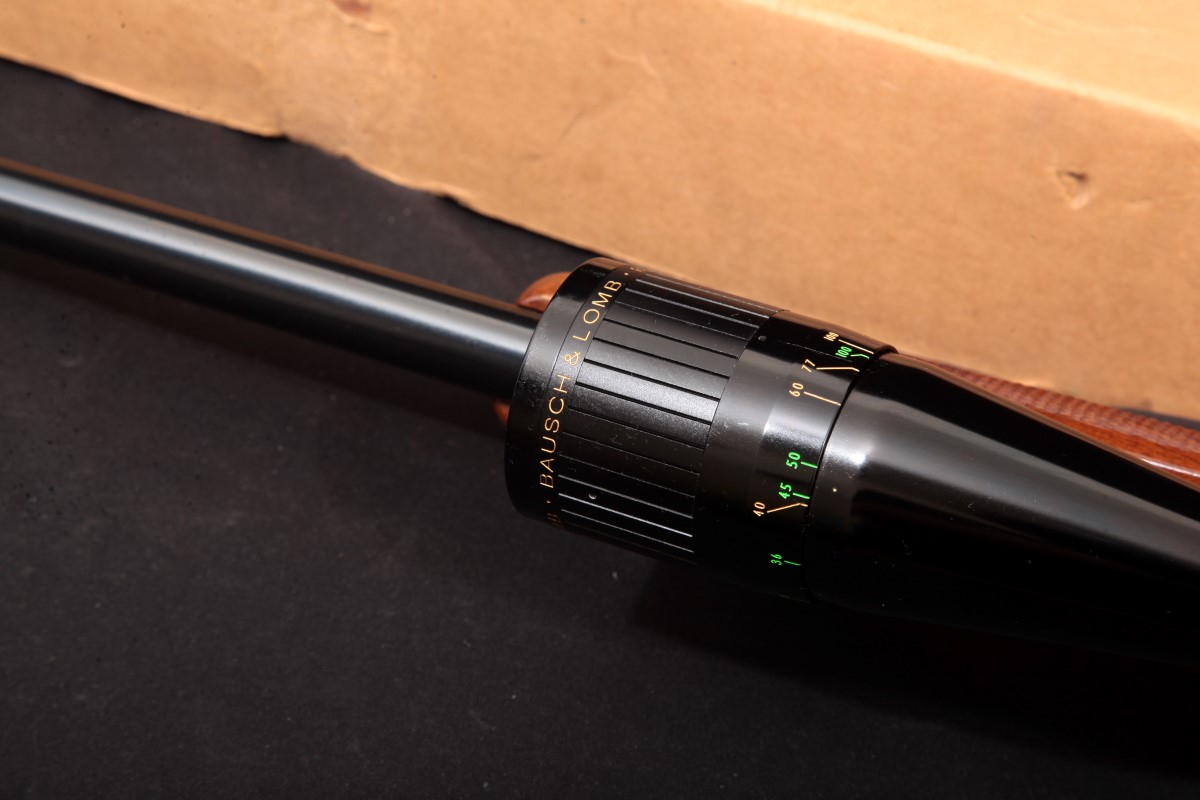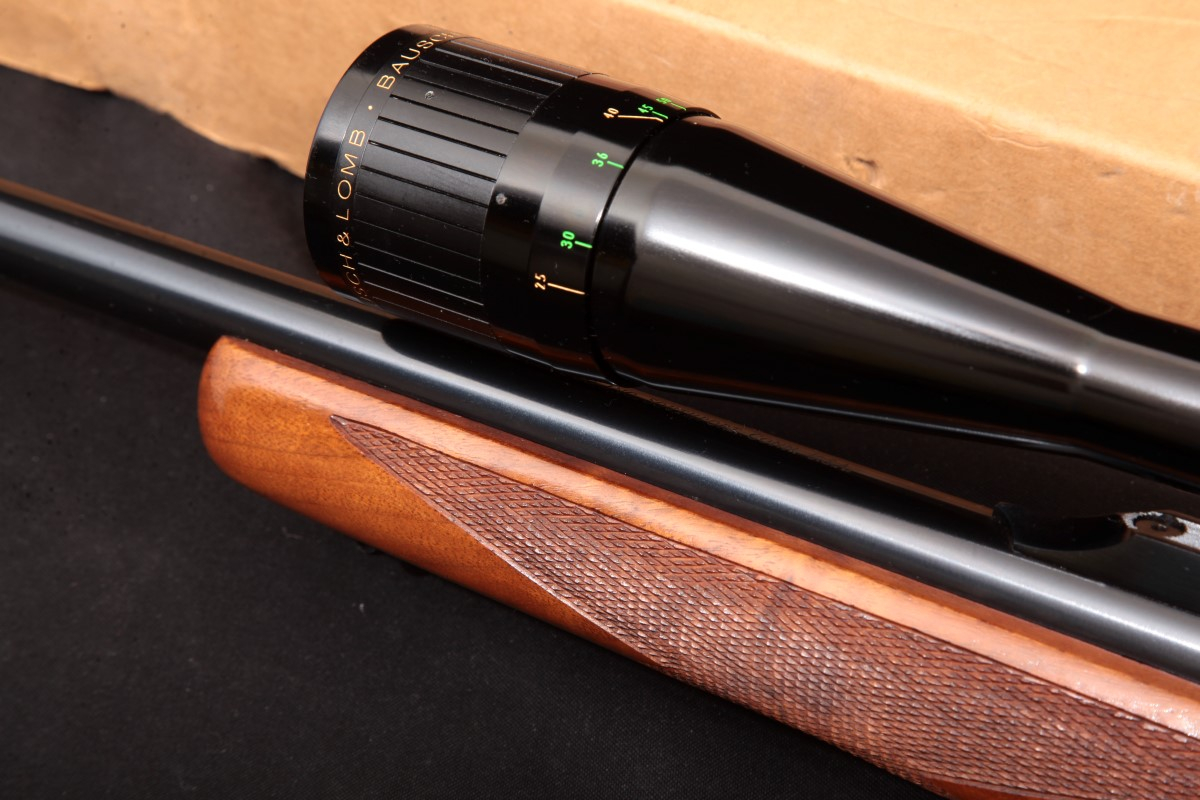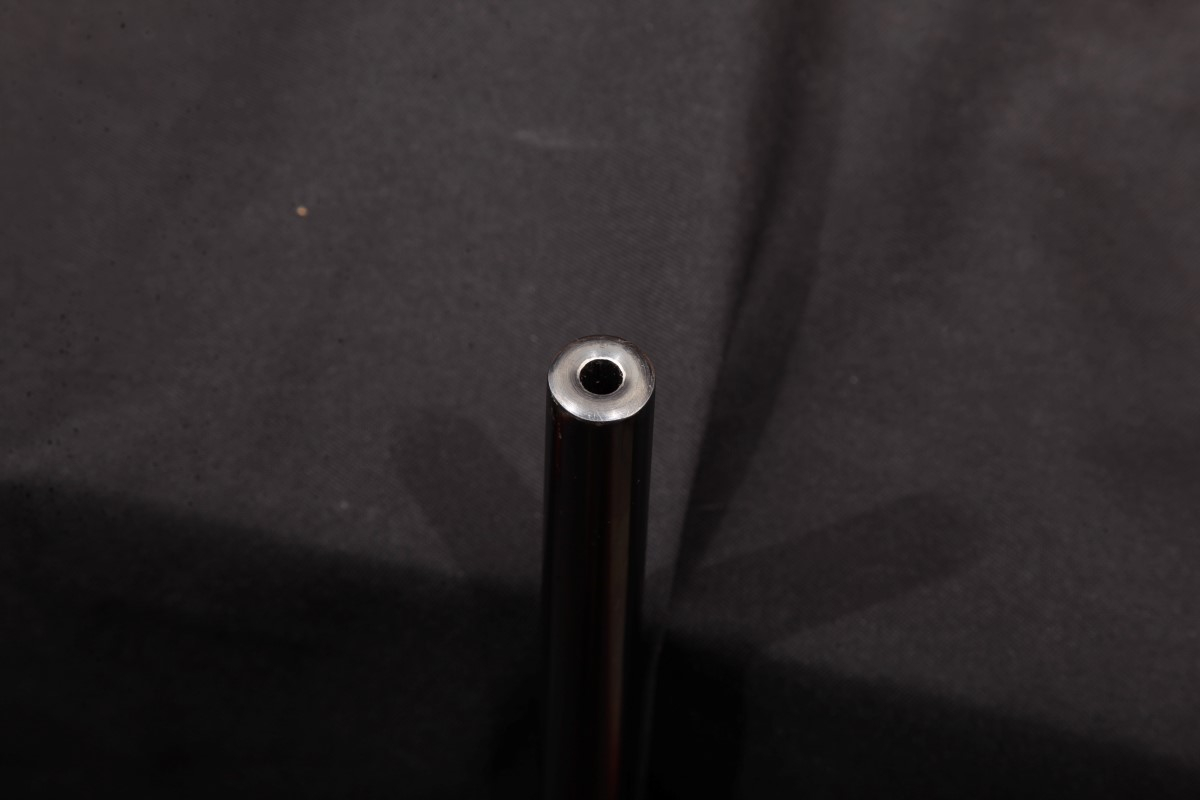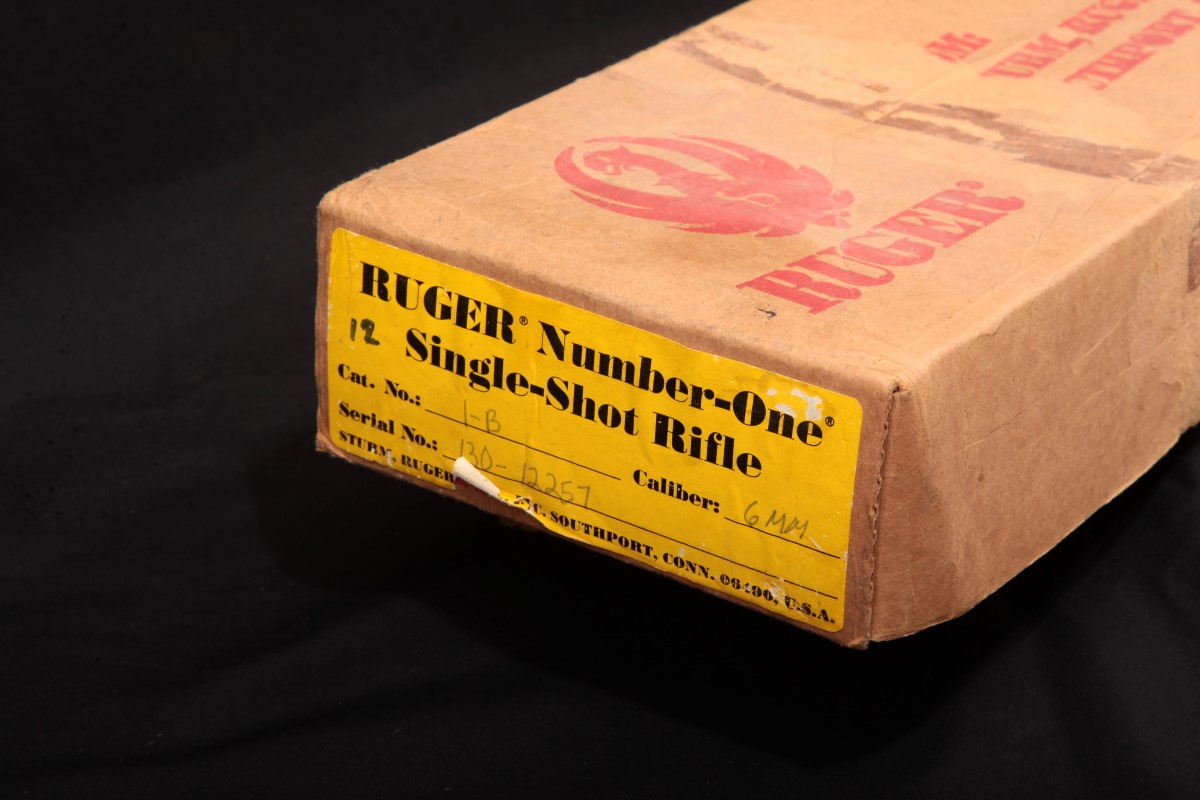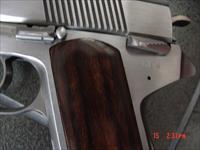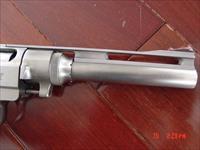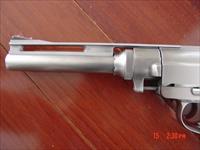PG&E broke laws in 12 NorCal wildfires, Cal Fire found. Prosecutors may not file charges
BY TONY BIZJAK AND
DALE KASLER
The Camp Fire began on Nov. 8, 2018, and has since become the deadliest and most destructive wildfire in California history. Drone footage shows the fire destruction, with home after home lost, in Paradise, California.
By Alyssa Hodenfield | Hector Amezcua
PG&E has already been convicted in criminal court for a recent deadly tragedy. Could the utility soon find itself as the defendant in a dozen more cases, charged with breaking state laws?
In the wake of massive utility-caused Northern California wildfires, a handful of district attorneys in flame-scarred counties are pondering whether to charge the utility company in criminal court for misconduct.
Cal Fire, the state’s fire protection agency, sent investigative reports to seven counties this summer saying it believes PG&E likely violated state public resources and health and safety laws in 12 blazes.
Cal Fire spokesman Scott McLean said it is up to local prosecutors in Sonoma, Napa, Yuba, Nevada, Lake, Humboldt and Butte counties to make independent decisions on whether to use the fire agency’s investigative conclusions to file criminal charges.
“We saw cause, and we gave it to the DAs to figure out,” McLean said. “Whether they are going to prosecute, that is up to them.”
The decisions on whether to charge Pacific Gas and Electric Co. could have a major impact on the company. The utility currently is subject to court-ordered federal monitoring stemming from a criminal conviction for the 2010 San Bruno gas-line explosion that killed eight.
A violation of PG&E’s probation in the San Bruno case — such as a criminal act — could lead to what one former prosecutor said would be an added layer of “onerous” controls. And, arguably even more troublesome, new criminal charges could give the utility giant a public black eye that would exacerbate its mounting financial woes.
Prosecutors pass
So far, none of the counties has filed charges. Cal Fire is still investigating last month’s Camp Fire, which killed 86 people in Butte County, mainly in the towns of Paradise and Magalia. That report is due next year.
In Sonoma and Napa — where Cal Fire alleges five wildfires were the result of PG&E law violations — attorneys said they are waiting for the state to come to a conclusion on the the biggest fire of all in 2017, the Tubbs Fire, which burned part of Santa Rosa and killed 22 people.
They and a few other counties recently asked the state attorney general to review the cases as well for potential state prosecution.
One county district attorney already has taken an alternate tack.
Butte District Attorney Mike Ramsey recently worked a deal with PG&E. He agreed not to file criminal charges for a small wildfire last year near Paradise. In exchange, PG&E pledged $1.5 million to pay for four new fire safety inspectors, and to allow those inspectors to look at PG&E’s power lines. If the inspectors find a fire safety hazard, PG&E agrees to correct it within 24 hours.
The fire that prompted the deal, the 2017 Honey Fire, was ignited by a tree limb hitting PG&E power lines and burning 150 acres of brush a half-mile from Paradise. Cal Fire determined that PG&E had failed to follow state public resources code that required it to trim a decaying limb close to the power line.
The Butte safety inspectors had not yet been hired when the devastating Camp Fire hit Butte County last month. If the program had been in place, could it have averted the Camp Fire? “That is the old, ‘What if?’ ” Ramsey said. “We can do that all day.”
Ramsey declined to say whether he would file criminal charges if Cal Fire determines PG&E broke laws in the Camp Fire. “It’s a little premature,” he said. Besides, “we don’t want to show our cards.”
Play Video
Duration 2:03
A memorial of crosses has been erected in Paradise in honor of the victims who died in the wildfire in Butte County. A family who lost their home and belongings stopped to visit on Thursday, Dec. 20, 2018.
By Renée C. Byer | David Caraccio
Beyond reasonable doubt
Some residents, such as Christina Taft of Paradise, said a criminal prosecution would carry emotional resonance.
Taft has been struggling with guilt since the fire, wondering how much she is to blame for her mother’s death. Victoria Taft refused to leave their apartment that morning, despite her daughter’s pleadings. So Taft left without her mom, not realizing how dire the situation was. “I feel like I didn’t do enough,” she laments. “I didn’t wait long enough.”
Taft said she had a nightmare the other day about it: In the dream, it was early morning, and her mom was looking out a window at a light and was confused about what it meant.
Taft says she knows PG&E has a history of failing to maintain its infrastructure, but she is more angry with the county for not alerting her and her mom to the level of danger they faced. “It was not just our choice, it was a lot of factors. It wasn’t all my fault.”
In Napa County, where officials await the state’s Tubbs Fire report, Mike Rippey, son of Charles and Sara Rippey, the two oldest victims of the Atlas Fire, said he would like to see a criminal prosecution, if warranted.
“If someone does something criminal, then they should be punished,” he said. “But it’s not going to bring my parents back. It’s not going to make me feel any better.”
One county already has decided not to file criminal charges. Yuba County, where a pair sagging utility lines slapped together in high winds last fall, sparking the Cascade Fire which killed four people in the Loma Rica area, won’t take PG&E to court.
The criminal charge in that case likely would have been involuntary manslaughter, which carries a fine of up to $10,000 in each instance. County District Attorney Pat McGrath published a four-page paper in October detailing the fire investigation and explaining his conclusion that the burden of proof is too high to convict.
“This office has concluded that a criminal jury would be unable to unanimously agree beyond a reasonable doubt that the evidence is sufficient to establish criminal negligence, as opposed to ordinary negligence, on the part of PG&E,” he wrote.
McGrath said he will reconsider, however, if new information comes out that would make a conviction more likely.
That doesn’t sit well with Marjorie David, who lost her daughter Roseann Hannah, 53, in that fire. David, who lives in Florida, first heard about her daughter’s possible death when a niece posted a prayer on Facebook. Another daughter called her minutes later with the bad news.
“(PG&E) should be held accountable,” she said. “I’m not looking for anything financially out of it. I don’t know a lot about what went on up there. I just don’t think people should get away with things like that, particularly the electric company, due to their neglect.”
In Nevada County, where the McCourtney Fire destroyed 13 buildings last year, District Attorney Clifford Newell said the decision to prosecute is complicated.
His county famously set a legal landmark in the 1990s, winning a wildfire criminal conviction against PG&E on hundreds of charges. But the utility’s actions were egregious back then, he said. In recent years, he’s seen utility crews out doing maintenance leading up to fire season.
Given that PG&E is making payouts in individual civil lawsuits stemming from the fire, and that his county already is pursuing a civil case against PG&E, Newell said he is asking himself: “Is it right for me to file criminal action? I don’t know yet. Criminal negligence is one of the toughest standards to meet. It has to be super-egregious activity.”
The potential for criminal charges is only a part of a morass of legal issues PG&E faces as a result of several years of fires involving utility lines in drought-plagued California. The company has been hit with numerous individual civil suits from residents who lost homes, businesses and loved ones.
A group of nine counties also has filed a joint civil action against PG&E, called the North Bay Fire case. That includes several counties also pondering criminal charges.
Those counties are following a trail blazed by Calaveras County in 2015 when it civilly sued PG&E for causing a fire called the Butte Fire, which killed two people. The fire was named for the road closest to the ignition point, Butte Mountain Road in Amador County.
Calaveras recently extracted a $25 million settlement from PG&E. The county will use the money to replace damaged infrastructure and to compensate itself for lost tax base.
Calaveras chose not to file criminal charges, though Cal Fire said PG&E had violated several state codes by improper tree cutting, allowing a weak tree to hit the lines.
Deputy District Attorney Jeff Stone said his office decided a jury may not view PG&E as criminally responsible for the two deaths, given how far away they were in time and distance from the fire’s origin. One of the victims reportedly refused to leave his property, instead staying to clear brush around his home.
“In both cases, it was at least the second day of the fire,” Stone said. “We saw that as a little far removed. We had to evaluate: Did these people perhaps choose to remain at their home and protect their home. We didn’t see PG&E as being criminally responsible for that.”
Payouts vs. punishment
Civil lawsuits are more popular because they typically lead to much higher fines than criminal charges, and have a lower legal bar of proof. In many cases, criminal liability for starting a fire is just a misdemeanor and the fines are small, often $1,000 per incident.
Civil litigation attorney Gary Danko, part of a legal team representing several hundred Camp Fire victims, said a criminal fine is like “a gnat on the backside of an elephant” compared to multimillion dollar civil payouts.
After the 2010 natural gas pipeline explosion that killed eight people in San Bruno, PG&E was fined $1.6 billion by state regulators. When the company was found guilty of six felony counts for violating federal pipeline safety laws, it was fined $3 million — the maximum allowed by law. PG&E was also ordered to spend up to $3 million publicizing the convictions and had to commit to 10,000 hours of community service.
But some legal experts say PG&E has good reason to fear criminal convictions. The San Bruno criminal case also left the company on probation for five years, starting in 2017, during which it’s had to submit to outside monitoring of a corporate “compliance and ethics program.”
A federal judge last month demanded that PG&E explain to him by the end of the year why the Camp Fire is not a violation of the probation terms. (The cause of the Camp Fire has not been officially determined, but PG&E acknowledged equipment malfunctions on the day the fire started at the location where it started.)
Several fire lawyers said the judge could choose to tighten federal court monitoring of the utility, or even appoint someone to run the company if he determines PG&E violated its probation.
Beyond that, though, PG&E likely has a general concern about looking like a bad guy in the public’s eye.
“Companies do not want to be prosecuted criminally. Reputational harm is huge and companies don’t want that,” said Stacey Geis, a former assistant U.S. attorney who helped bring the San Bruno charges against PG&E. “Most companies would ask me to prosecute them civilly and not criminally.”
PG&E declined to comment about potential criminal charges. Spokeswoman Lynsey Paulo said the company is focused on safety.
Play Video
Duration 1:51
Flyover shows the destruction from the Camp Fire, California’s deadliest wildfire, in Paradise, CA., on November 13, 2018.
By Hector Amezcua






